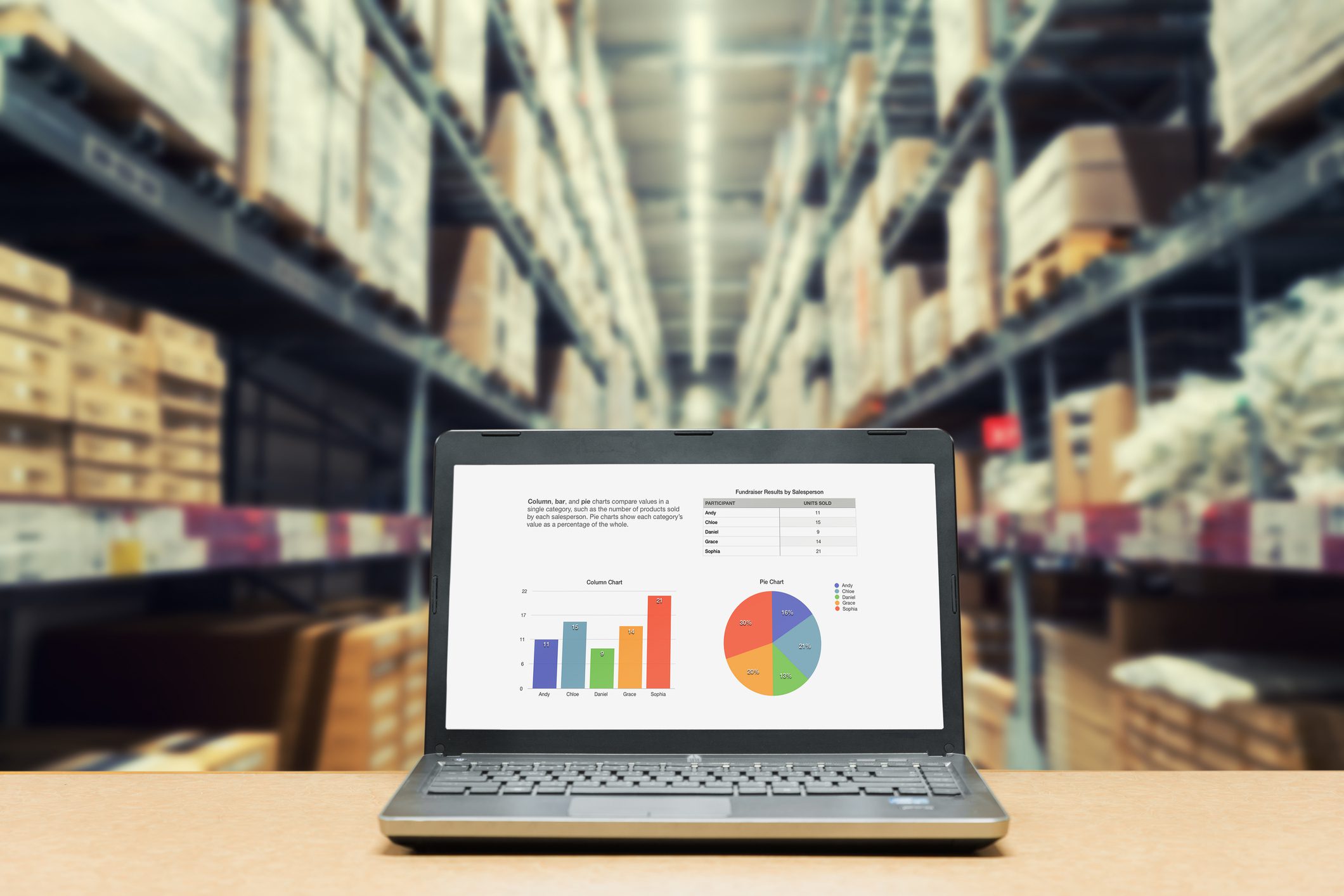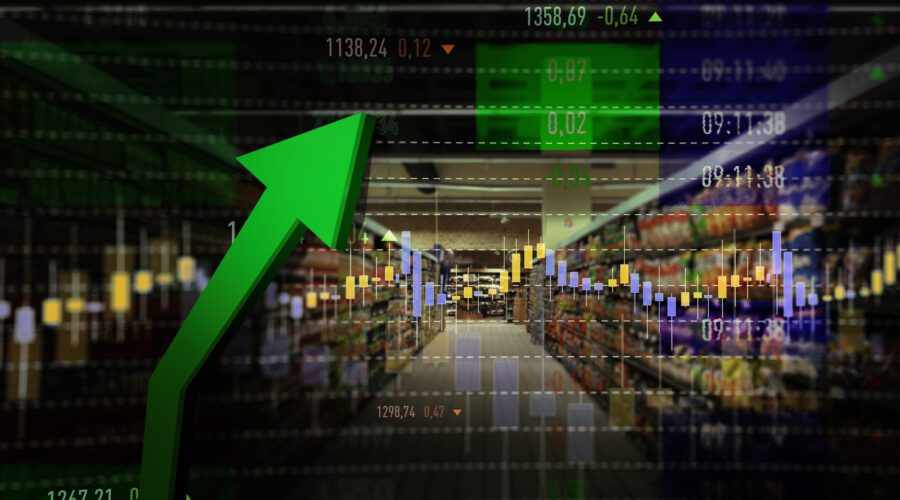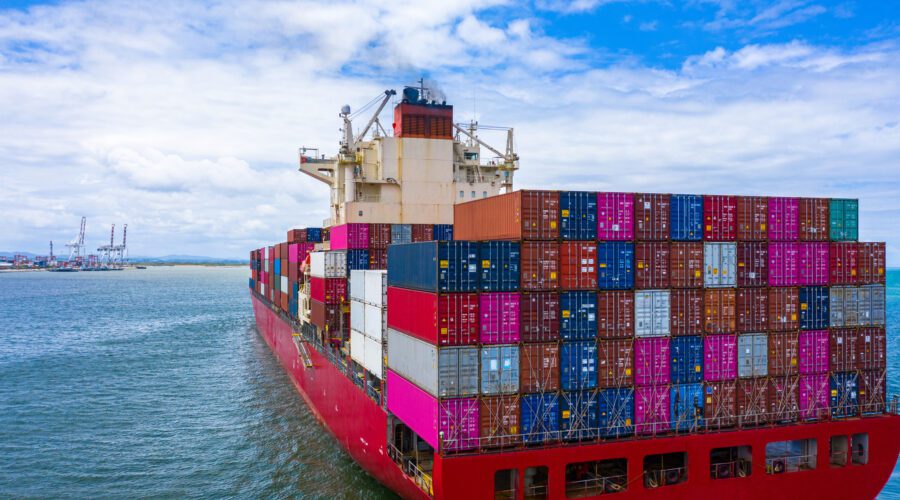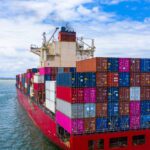Transportation for products has been a crucial industry for hundreds of years, as far back as the early 1800s, when goods were typically moved from place to place first by rafts and then by horse and cart. Steamboats and railroads helped to speed up the process, and then the introduction of trucks once automobiles became more common. The main thread through the entire history of product transportation has been an improvement: How can we make the shipping industry safer, more efficient, and more cost-effective?
One key way that improvement has been made possible is through data gathering and analysis. Understanding how transportation analytics can improve performance is essential and helps to ensure continued improvement. But there’s not just one specific type of analysis—not when it comes to transportation. Each type can have a different effect on the industry. Let’s consider each and how they might help you.
Descriptive Analytics
To get any sort of starting data, you must look to the past for existing information. There must be a starting point, right? Descriptive analytics give you a clear picture of the data gathered from various channels, including past shipments, invoicing and accounts receivable, accounts payable, shipping or delivery damage, feedback from customers, and so on.
This information is gathered and analyzed to give you several different views of your freight network—from an overview of the entire process to granular views of each channel. The information can then be used to answer specific questions, particularly some of the other types of analytics we’ll touch on next, starting with diagnostic.
Diagnostic Analytics
You can’t determine why something went wrong if you don’t have records of anything going wrong in the first place. And keep in mind that “wrong” doesn’t have to be anything catastrophic, though your data can help you in those situations, too.
With the information you’ve gathered over the course of days, weeks, months, or even years, you can begin to diagnose issues that stand in the way of your efficiency. Why does one driver or one company take hours longer to deliver than another? Why does a particular shipment cycle tend to result in damaged product? Why has the supply chain been interrupted?
Understanding why things happen helps to determine what could happen in the future. What would you be able to accomplish if you could predict the problems before they occur?
Predictive Analytics
Using data to determine several possible outcomes gives transportation companies the power to make better decisions. Considering the amount of risk and potential for disruption in the supply chain, this is an enormous benefit. With statistical models, managers can develop if/then scenarios to better control the supply chain from start to finish.
The data gathered for predictive analytics also sheds light on trends and cycles within the shipping and freight industry, which can direct attention to issues that may have otherwise gone unnoticed. Recognition of these disruptions can help to determine the problems that will continue to occur if changes aren’t made.
Prescriptive Analytics
Once you’re aware that problems do exist and issues are likely to occur due to the predictive analysis you’ve received, developing solutions is your next step. The insight gathered from these reports can assist in creating new processes that can be improved over time with new data.
Those if/then scenarios that play out can give deeper insight into what works and what doesn’t so that you can eliminate the courses of action that hinder progress and streamline the solutions that resulted in better efficiency.
A healthy mix of all types of analytics is important for optimum performance. Constant awareness of new problems, why those problems occur, how to predict when the problems will arise, and what to do to avoid those issues is how we continue to provide the best freight logistics available.








